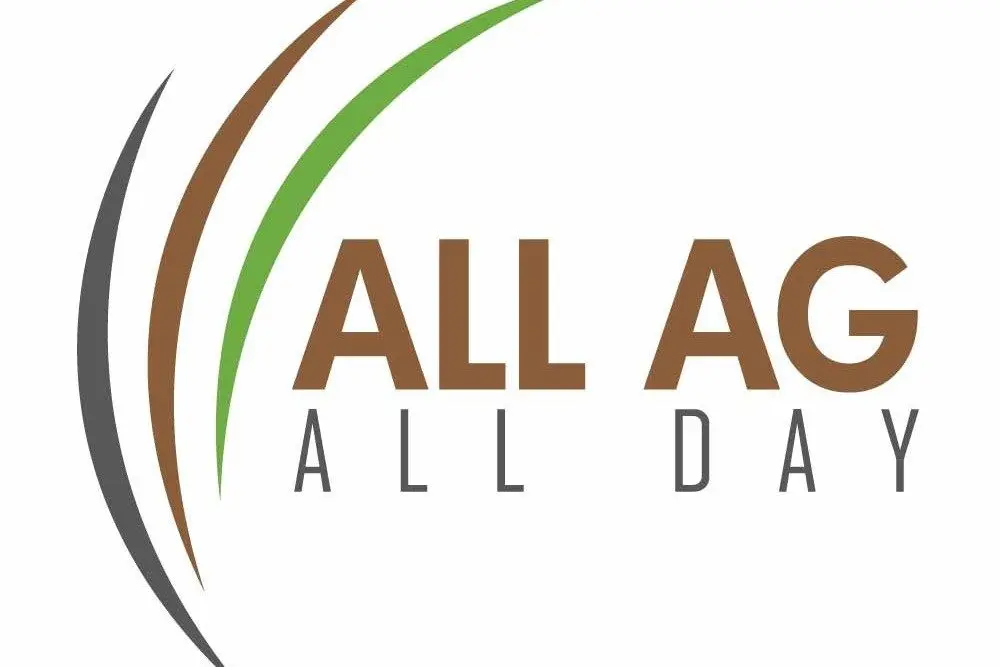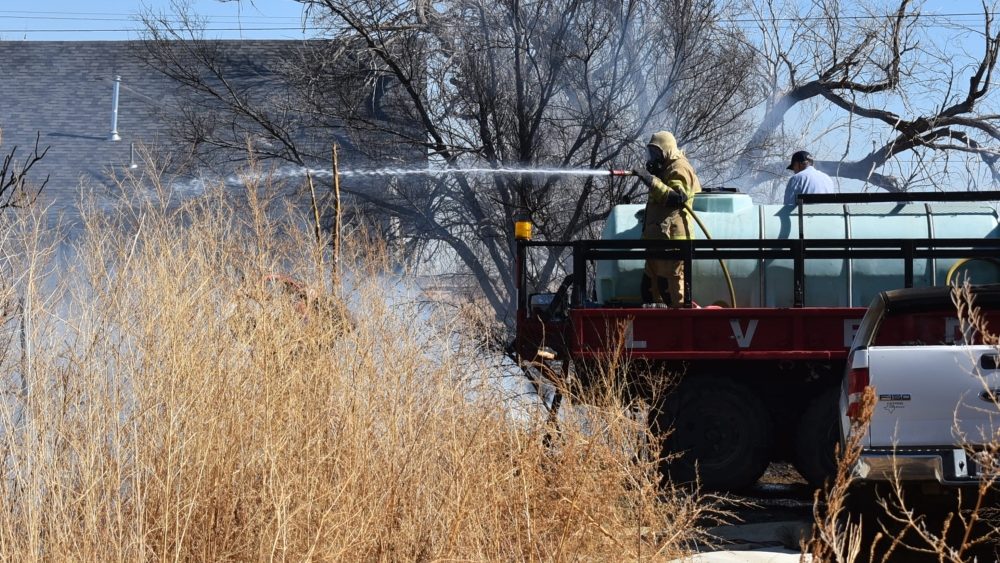
All Ag, All Day is the nation's only full-time farm radio station with studios in Floydada and Nashville, TN (www.AllAgNews.com)
Farm Bureau Warns Washington: Farmers Near Breaking Point
NASHVILLE, TN – Farm families say the math no longer works with prices down, costs up, and trade uncertainty widening the gap. So, the American Farm Bureau Federation (AFBF) is pressing Washington for immediate and longer-term help.
In letters to President Donald Trump and congressional leaders, AFBF President Zippy Duvall warns that shuttered farms drain rural schools, elevators, main-street businesses, and ultimately America’s food independence. Farm Bureau cites crop prices that “fell off a cliff” since 2022 and a persistent ag trade deficit, heightening volatility around China and other partners. Short term, AFBF urges “bridge payments” before year-end, robust enough to stabilize cash flow while policy resets. Longer term, it calls for enforceable trade deals, year-round E15, restoring whole milk in schools, protecting interstate commerce, investigating major input pricing, stronger competition enforcement, and prioritizing American-grown fruits and vegetables in federal and institutional purchasing.
The message: preserve farm capacity now or risk deeper losses that take years to rebuild.
Farm-Level Takeaway: Expect a fresh push for bridge payments and policy shifts on trade, biofuels, competition, and purchasing that could lift farm demand and margins.
**********
Fix CBLR To Free Rural Bank Lending Capacity
WASHINGTON, DC – Rural lenders say a fix to the Community Bank Leverage Ratio (CBLR) could unlock more credit for farms, small businesses, and hometown projects. Congress created the CBLR in 2018 as a simple, optional capital test, but regulators set it at 9% and layered on big-bank definitions, limiting who can use it.
Speaking at the Federal Reserve’s Community Bank Conference, Fed Governor Michelle Bowman called the rule “well-intentioned” but underperforming, noting only about 40% of eligible community banks opted in — far fewer among institutions over $1 billion. For ag communities, that means more capital tied up on paper and fewer dollars available for operating lines, land notes, equipment, and grain storage.
According to the American Bankers Association, industry advocates argue regulators can fix this without new legislation: lower the threshold to 8% (still well-capitalized), raise and index the $10B size cap so more true community banks qualify, and stop penalizing banks for holding safe assets like cash and Treasuries in leverage calculations. Those targeted changes would expand participation and give rural banks more room to lend—without weakening safety and soundness.
Farm-Level Takeaway: A right-sized CBLR would free community bank balance sheets and support more affordable, timely ag credit on Main Street.
**********
Biofuel Policies Poised To Anchor U.S. Corn, Soybeans
LUBBOCK, TX – With export growth unlikely to absorb bigger U.S. crops, the next leg of demand for corn and soybeans will hinge on biofuel policy.
That is according to a recent Kansas City Federal Reserve Economic Bulletin which notes U.S. yields are up more than 20% since 2010 while America’s share of global corn/soy trade has slipped amid competition from Brazil and ongoing trade frictions. Proposed Renewable Fuel Standard updates for 2026–27 would lift biomass-based diesel quotas about 50% from 2024 and bump ethanol and advanced volumes, while counting foreign feedstocks at half the rate of North American inputs — favoring U.S. crops. EPA estimates biodiesel makers would need roughly 250 million more gallons annually, equal to over 5 million metric tons of additional soybean crush (about 4% of U.S. production).
Separately, the extended Clean Fuel Production Credit (45Z) through 2029 — up to $1/gal for North American feedstocks — further tilts processors toward domestic corn and soy oil.
Farm-Level Takeaway: Track RFS final volumes and 45Z details—they’ll shape crush, ethanol grind, basis near plants, and 2026 acreage economics.
**********
Cotton Board Highlights Strategy, Leadership Shift, Sustainability Push
LUBBOCK, TX – Demand growth — not just yield — will decide cotton’s next few years, and the Cotton Board’s newly released annual report shows the program pivoting to create it. Cotton Incorporated named 22-year veteran William Kimbrell CEO in late 2024, signaling continuity plus a sharper supply-chain focus. On the demand side, the team launched “The Fabric of Now,” an always-on platform targeting 18–34-year-old fashion consumers with TV, streaming, and influencer work to keep cotton top-of-mind at purchase.
The report also spotlights peer-reviewed research in Nature Communications tying the apparel sector to major plastic leakage from synthetics—positioning natural fibers, durability, reuse, and recycling as practical ways to cut pollution.
Looking to 2025, the Board urges a top-to-bottom capability review and a push to mitigate financial and reputational risks: tighter economics on farms, shifting regulations, higher input and tech costs, and sustainability claims from NGOs and brands.
Farm-Level Takeaway: Expect heavier consumer marketing and sustainability proof points aimed at lifting cotton demand and value back through the chain.




